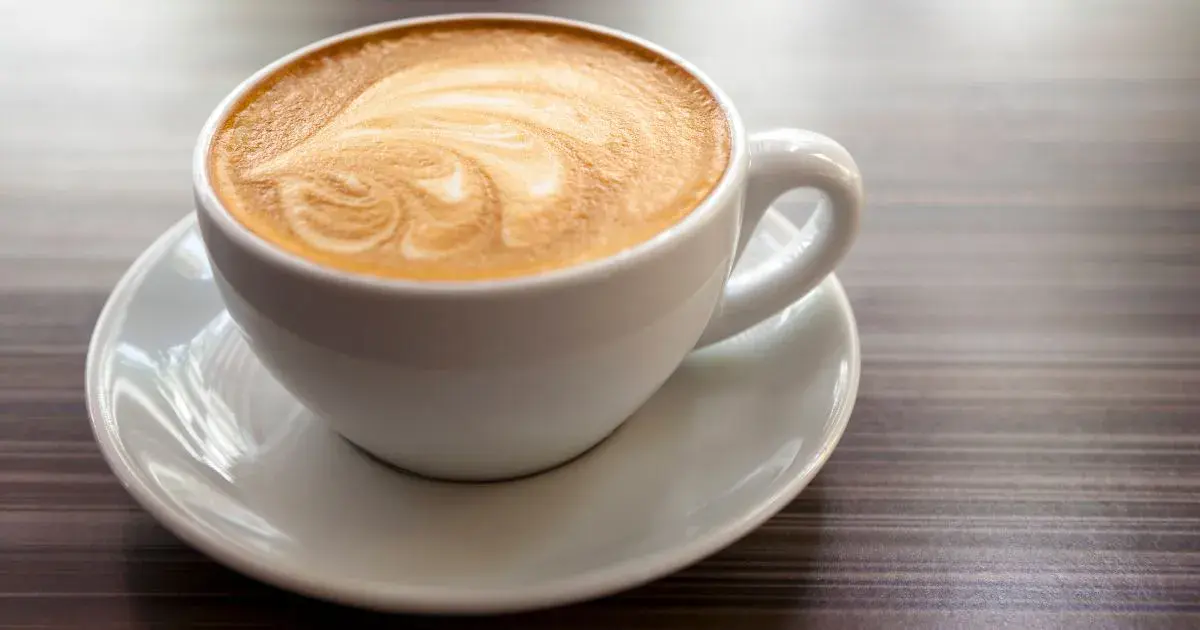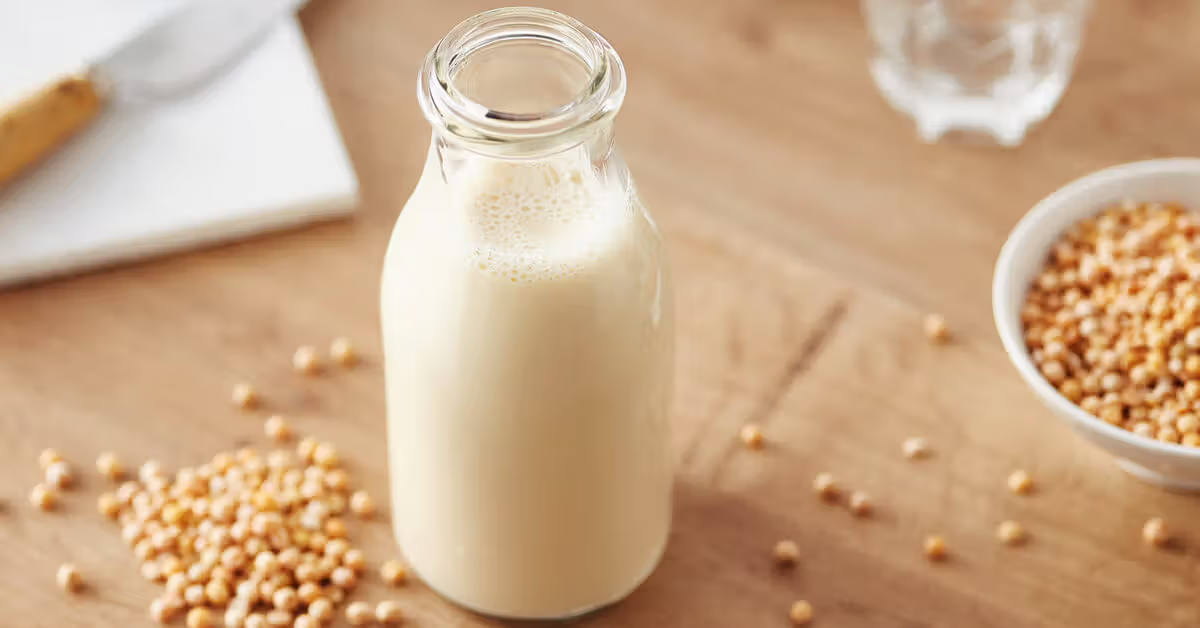Introduction to Flat White and Latte
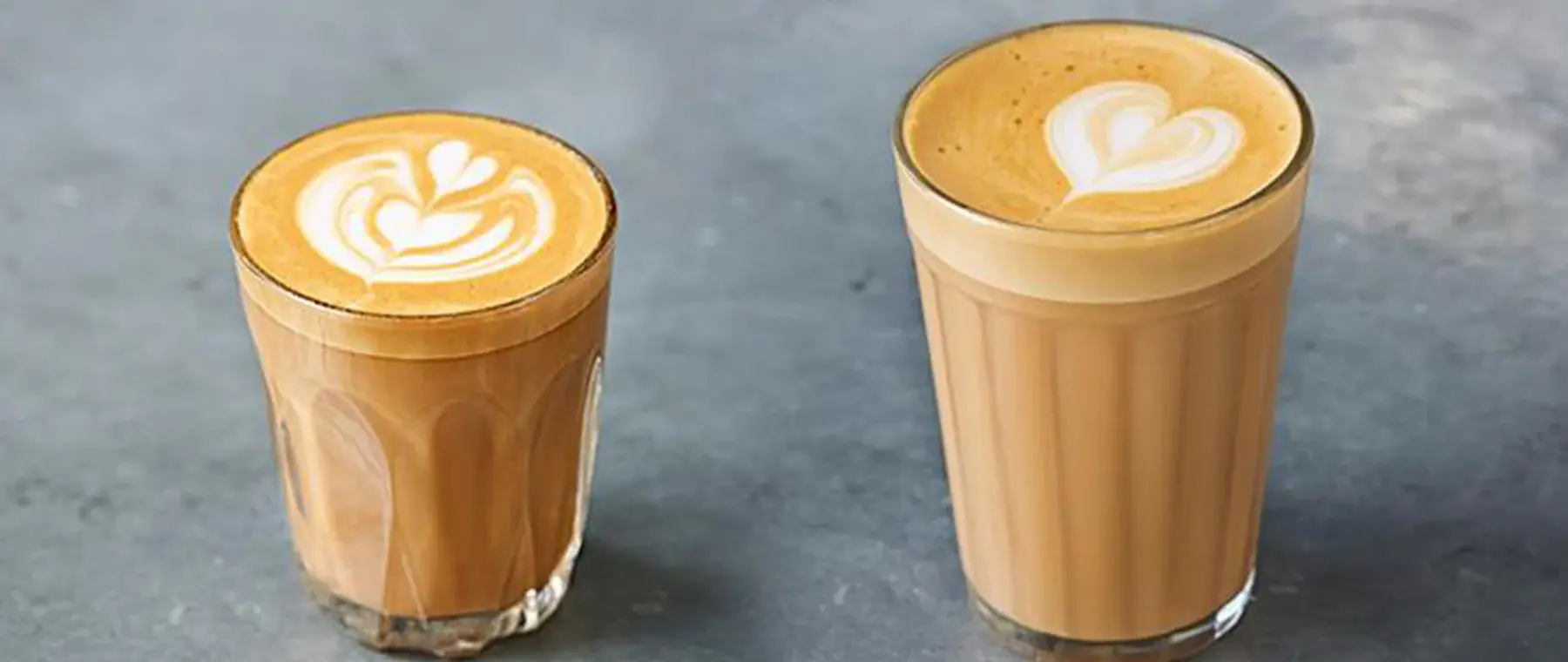
When it comes to espresso-based drinks, two of the most popular options are the flat white and the latte. Though they both share a base of espresso and steamed milk, there are some key differences between them that impact their taste, texture, and strength. Understanding these differences can help you choose the perfect coffee to suit your preferences, whether you're after something strong and bold or something smooth and creamy. In this article, we'll explore the distinctions between a flat white and a latte, particularly in terms of strength.
The Base of Both Drinks: Espresso

Both the flat white and the latte begin with a shot of espresso, which serves as the foundation for the flavor and strength of the drink. Espresso itself is quite concentrated, typically containing about 63 milligrams of caffeine per shot. In both drinks, the espresso is the same, so in terms of caffeine content, there's no significant difference at this stage. The strength of the coffee itself is determined by the espresso’s concentration, but what makes the flat white and latte different is how the rest of the ingredients come into play.
Milk: The Difference in Texture and Ratio
One of the primary differences between a flat white and a latte lies in the milk used. A latte typically consists of one-third espresso, two-thirds steamed milk, and a small layer of milk foam on top. This creates a smooth, creamy texture with a mild coffee flavor. In contrast, a flat white uses a similar ratio of espresso to milk but with a more velvety, microfoam texture. The milk in a flat white is steamed to a finer consistency, resulting in a denser, creamier foam that blends seamlessly with the espresso. While the flat white might feel smoother and more integrated, the overall milk content in both drinks is similar, which does not drastically affect the caffeine strength.
Size and Strength: A Key Distinction
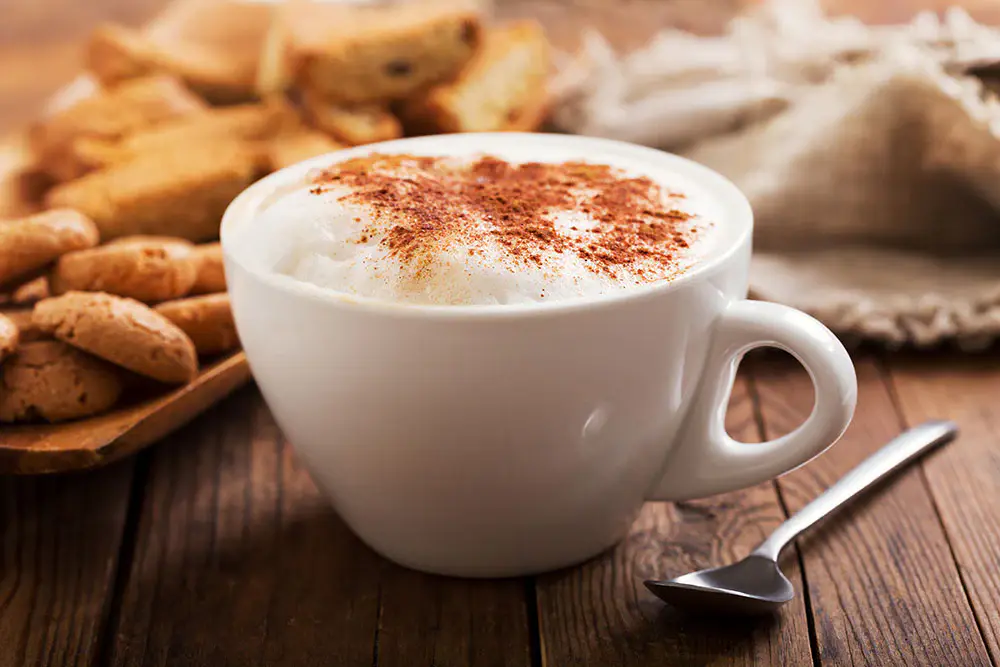
The real difference in strength between a flat white and a latte comes down to size. Lattes are typically served in larger cups, often 8 to 12 ounces, which means they contain more milk and less espresso relative to their volume. In contrast, a flat white is usually served in smaller cups, around 5 to 6 ounces, and contains more espresso relative to its milk content. This difference in size means that a flat white has a higher concentration of espresso per ounce, making it taste stronger and more intense than a latte. If you're looking for a coffee with a more pronounced espresso flavor, the flat white is likely the better option.
Conclusion: Which Drink is Stronger?
While both drinks start with espresso, the flat white tends to be the stronger option due to its smaller size and higher espresso-to-milk ratio. The latte, with its larger serving and higher proportion of milk, offers a milder coffee taste. If strength is your primary concern, a flat white will provide a more robust coffee experience. However, the choice between these two beverages ultimately depends on personal preference — whether you favor a stronger, more espresso-forward flavor or a creamier, milk-heavy drink.
Recommended

This Easy Trick Brings Out The Best In Store-Bought Cookie Dough
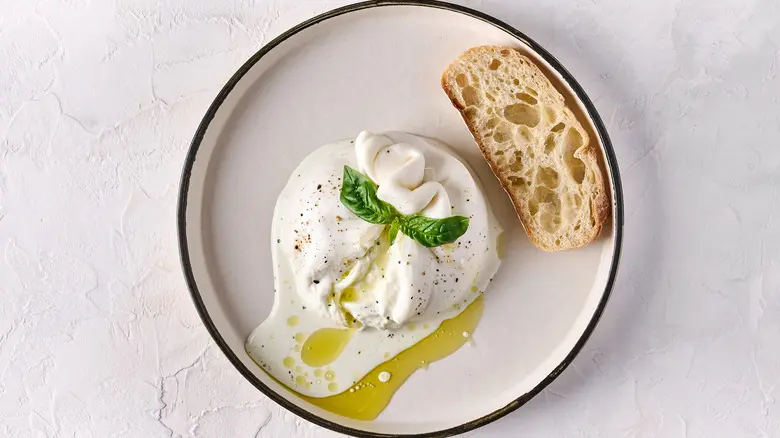
The Easy Way To Prepare Burrata You've Probably Never Considered
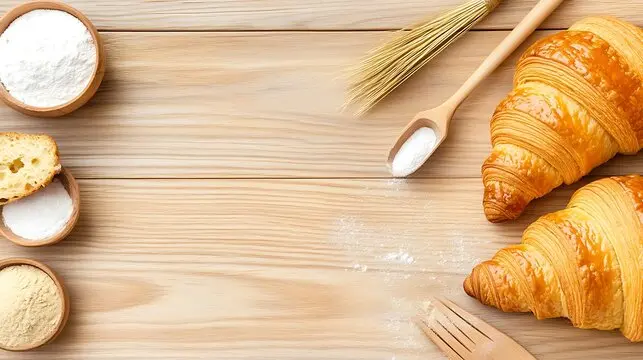
19 Surprisingly Useful Baking Tools You Probably Don't Own

11 Tips You Need When Making Chili Cornbread Bowls
Next up

